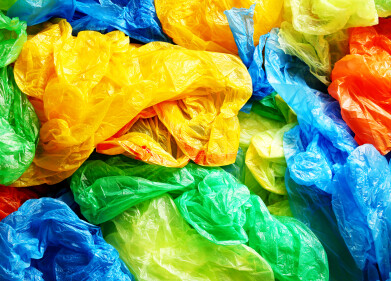Environmental laboratory
Can Sunlight Help Convert Emissions?
Oct 01 2020
A new study from the USA may have uncovered a novel way to convert carbon dioxide (CO2) into useful commodities such as pharmaceuticals and polymers. As one of the most stable molecules in our atmosphere, carbon is notoriously difficult to break down and convert into other, more useful substances and the process of doing so usually involves tremendous amounts of energy or the consumption of precious metals.
However, a team of researchers led by Shaama Sharada at the University of Southern California has found a far more sustainable way of doing things. By exposing an organic molecule to natural light, they were able to negatively charge and release electrons into the surrounding atmosphere. These then react with the CO2 to make it more conducive to conversion into useful commodities.
Turning a problem into a resource
Carbon is notoriously hard to degrade, which is one of the reasons why it is so persistent in our atmosphere. Indeed, the human population has increased the amount of CO2 in the Earth’s atmosphere by around 45% since pre-Industrial levels, which in turn has contributed significantly to global warming. No wonder, then, that the EU (and other bodies around the world) are scrambling for ways to achieve their greenhouse gas emissions targets for 2020 and beyond.
As well as technologies like carbon capture and storage, which aims to remove CO2 from the tailpipe of power plants, factories and other industrial sites at the point of emission, the scientific community has been searching for ways to convert CO2 into a resource with practical benefits. It has experimented with carbon as a means of aiding the conservation and ripening of fruits and as a fuel source in its own right, though the processed involved in making it serviceable have thus far been cumbersome, expensive or resource-intensive.
Finding a better way
Until now, methods of converting CO2 have relied upon vast amounts of heat and electricity, as well as the use of metal-based chemicals which can be rare, expensive and potentially toxic. In order to find a sustainable alternative, Sharada and her team used quantum chemistry computational modelling to better comprehend how electrons move between carbon and a catalyst to pinpoint which type of electron is most suited to the purpose.
In the course of their work, they demonstrated that oligophenylene, an organically occurring molecule, was susceptible to ultraviolet (UV) radiation from the sun. During exposure, the molecule became a negatively charged anion and transferred electrons to nearby molecules of CO2. Once this has occurred, the carbon becomes far more pliable and can be converted into all sorts of substances, including plastic polymers, pharmaceuticals and even furniture.
The study was the first of its kind to take place in an entirely computational setting and to focus on the transfer of electrons from oligophenylene to carbon. Going forwards, the team will focus on how to maintain high reactions rates when the molecules are exposed to visible light rather than UV lamps.
Digital Edition
AET 28.4 Oct/Nov 2024
November 2024
Gas Detection - Go from lagging to leading: why investment in gas detection makes sense Air Monitoring - Swirl and vortex meters will aid green hydrogen production - Beyond the Stack: Emi...
View all digital editions
Events
Jan 12 2025 Abu Dhabi, UAE
Jan 14 2025 Abu Dhabi, UAE
Jan 20 2025 San Diego, CA, USA
Carrefour des Gestions Locales de L'eau
Jan 22 2025 Rennes, France
Safety, Health & Wellbeing LIVE
Jan 22 2025 Manchester, UK



















